Home>Gardening & Outdoor>Landscaping Ideas>How To Kill Barnyard Grass
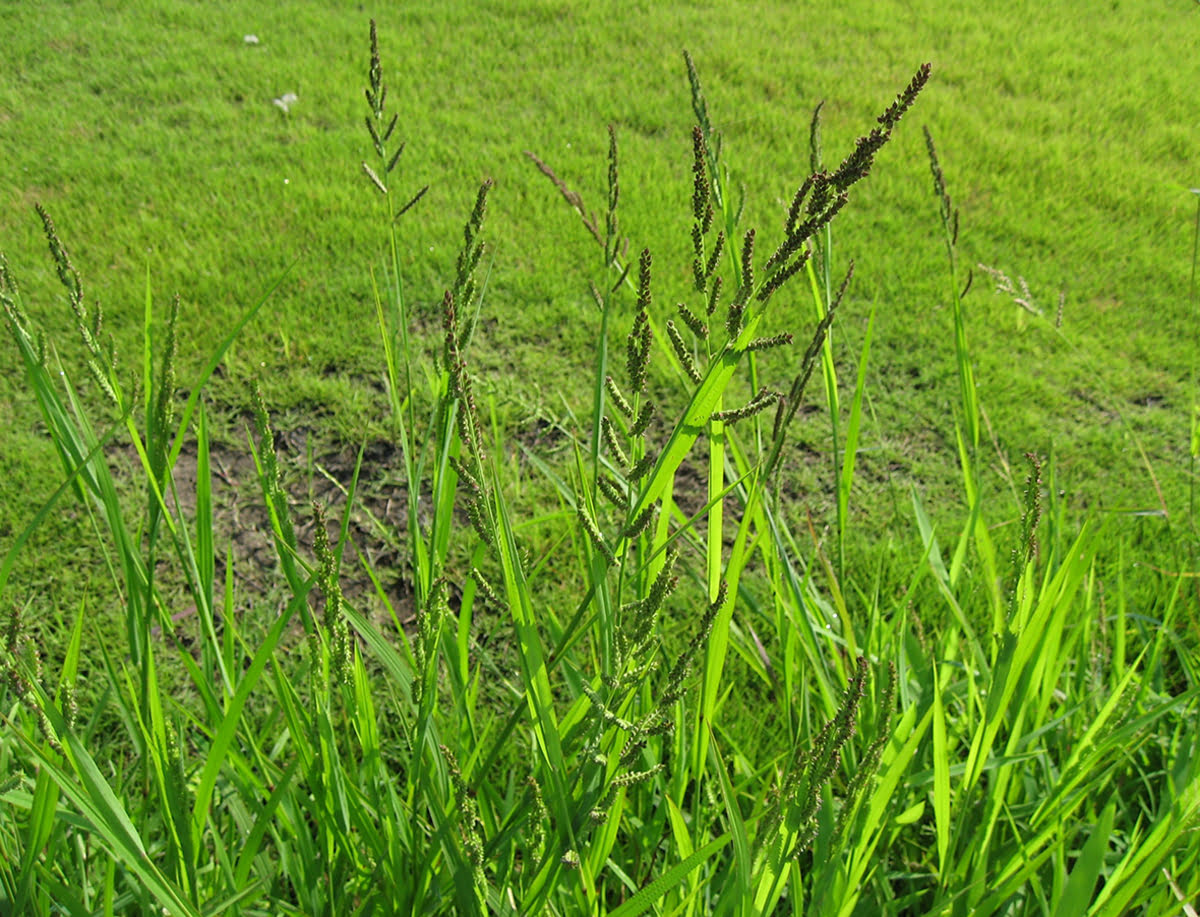

Landscaping Ideas
How To Kill Barnyard Grass
Published: January 24, 2024
Learn effective landscaping ideas to kill barnyard grass and keep your lawn looking pristine. Discover expert tips and techniques for eliminating this pesky weed.
(Many of the links in this article redirect to a specific reviewed product. Your purchase of these products through affiliate links helps to generate commission for Storables.com, at no extra cost. Learn more)
Introduction
Welcome to the battle against barnyard grass! If you’ve ever struggled to maintain a pristine lawn or garden, you’ve likely encountered the persistent nuisance known as barnyard grass. This invasive weed is a formidable adversary, often thriving in areas where other plants struggle to survive. However, fear not, for with the right strategies and a bit of know-how, you can effectively combat and eliminate barnyard grass from your outdoor spaces.
In this comprehensive guide, we will delve into the world of barnyard grass, exploring its characteristics, growth habits, and the various methods for preventing and eradicating it. Whether you’re a seasoned gardener or a novice enthusiast, this article will equip you with the knowledge and techniques needed to reclaim your green spaces from the clutches of barnyard grass.
So, grab your gardening gloves and join us as we embark on a journey to conquer barnyard grass and restore the natural beauty of your landscape.
Key Takeaways:
- Preventing barnyard grass is crucial for a healthy lawn. Regular soil testing, proper irrigation, and strategic planting can create an environment less favorable for the weed, promoting the vitality of desired plants.
- Mechanical methods like hand pulling and mowing offer eco-friendly ways to manage barnyard grass. These techniques actively suppress the weed’s growth without relying on chemicals, aligning with sustainable landscaping principles.
Read more: How To Kill Goat Heads Without Killing Grass
Understanding Barnyard Grass
Before engaging in combat with barnyard grass, it’s essential to understand the nature of this persistent weed. Barnyard grass, scientifically known as Echinochloa crus-galli, is an annual grass weed that can wreak havoc in lawns, gardens, and agricultural fields. This opportunistic plant thrives in a wide range of environments, from moist soil to areas with standing water, making it a formidable adversary for landscapers and gardeners.
Barnyard grass is characterized by its tall, slender stems and long, flat leaves, often sporting a distinctive reddish tint. Its rapid growth and prolific seed production enable it to quickly establish dense colonies, outcompeting desirable plants for essential resources such as water, sunlight, and nutrients. Additionally, its ability to adapt to various soil conditions and climates further contributes to its resilience and invasive nature.
One of the key challenges posed by barnyard grass is its aggressive reproductive strategy. A single plant can produce hundreds of seeds, which remain viable in the soil for several years, perpetuating the cycle of infestation. Furthermore, the seeds are easily dispersed by wind, water, and human activity, facilitating the weed’s spread across both cultivated and uncultivated landscapes.
Understanding the life cycle and growth habits of barnyard grass is crucial for devising effective control strategies. By familiarizing yourself with the characteristics and behavior of this weed, you can implement targeted measures to prevent its establishment and mitigate its impact on your outdoor spaces.
Preventing Barnyard Grass
Prevention is often the most effective strategy in managing barnyard grass infestations. By implementing proactive measures to thwart the establishment and proliferation of this invasive weed, you can safeguard your lawn, garden, or agricultural fields from its disruptive presence. Here are several key tactics for preventing barnyard grass from taking root and spreading:
- Optimal Soil Health: Maintaining a healthy and well-balanced soil environment is fundamental to discouraging barnyard grass growth. Regular soil testing, proper fertilization, and adequate drainage can create conditions that are less favorable for the weed, while promoting the vitality of desired plant species.
- Diligent Monitoring: Regularly inspecting your outdoor spaces for signs of barnyard grass invasion is essential. Early detection allows for swift intervention, preventing the weed from gaining a foothold and proliferating. Keep a keen eye on areas with moist soil or standing water, as these are prime habitats for barnyard grass.
- Appropriate Irrigation: Implementing precise irrigation practices can help minimize the likelihood of barnyard grass encroachment. By avoiding overwatering and maintaining proper moisture levels, you can create an environment that is less conducive to the weed’s growth, giving desirable plants a competitive edge.
- Mulching: Utilizing organic mulches not only conserves soil moisture and suppresses weed growth but also serves as a barrier that impedes the germination and establishment of barnyard grass seeds. Mulching can be particularly effective in garden beds and landscaped areas.
- Strategic Planting: When designing or renovating your landscape, carefully select and space plants to create dense, healthy vegetation that naturally inhibits weed encroachment. Well-planned plantings can outcompete barnyard grass, reducing its ability to establish a strong presence.
- Regular Maintenance: Engaging in routine maintenance practices, such as mowing at appropriate heights and promptly removing any barnyard grass that appears, is crucial for preventing the weed from setting seed and perpetuating its population.
By incorporating these preventive measures into your landscaping and gardening routines, you can fortify your outdoor spaces against the encroachment of barnyard grass, fostering a healthier and more resilient environment for your desired plant life.
To kill barnyard grass, use a pre-emergent herbicide in early spring before the seeds germinate. For established plants, use a post-emergent herbicide containing quinclorac or fenoxaprop. Always follow the instructions on the herbicide label.
Mechanical Control Methods
When facing a barnyard grass invasion, employing mechanical control methods can be an effective way to manage and reduce the weed population without resorting to chemical interventions. These manual techniques target the physical removal and disruption of barnyard grass, offering environmentally friendly and sustainable solutions for reclaiming your outdoor spaces. Here are several mechanical control methods to consider:
- Hand Pulling: For small-scale infestations or isolated barnyard grass plants, hand pulling can be a practical approach. Grasping the weed at its base and gently but firmly pulling upward can effectively uproot the plant, especially when the soil is moist. It’s important to remove the entire plant, including the roots, to prevent regrowth.
- Mowing and Trimming: Regular mowing and trimming can help manage barnyard grass populations by preventing the weed from maturing and setting seed. By consistently cutting the grass at an appropriate height, you can weaken the weed’s vigor and hinder its reproductive cycle, gradually reducing its prevalence in the landscape.
- Cultivation: In garden beds and agricultural fields, cultivating the soil can disrupt barnyard grass growth and expose the weed’s seeds to unfavorable conditions, inhibiting their germination. However, care should be taken to avoid excessive soil disturbance, which can inadvertently promote the emergence of buried weed seeds.
- Manual Edging: Creating defined edges along lawns and garden beds through manual edging not only enhances the aesthetic appeal of the landscape but also serves as a barrier that impedes the encroachment of barnyard grass from adjacent areas. This method helps contain the weed and restrict its spread.
- Thatch Removal: Thatch, a layer of organic matter that accumulates on the soil surface, can harbor barnyard grass seeds and provide an ideal germination environment. Dethatching the lawn can help expose and disrupt the weed’s seeds, reducing its ability to establish and proliferate.
By integrating these mechanical control methods into your weed management practices, you can actively suppress barnyard grass populations and mitigate their impact on the overall health and aesthetics of your outdoor environment. These manual approaches offer sustainable alternatives that align with eco-conscious landscaping principles.
Chemical Control Methods
When faced with extensive barnyard grass infestations that require targeted and systematic intervention, chemical control methods can serve as valuable tools in managing and eradicating this resilient weed. These methods involve the application of herbicides specifically formulated to target barnyard grass while minimizing harm to desirable plant species. It’s important to approach chemical control with caution, adhering to product instructions and considering potential environmental impacts. Here are key chemical control methods for combating barnyard grass:
- Selective Herbicides: Selective herbicides are designed to target specific weed species while preserving the health and vitality of desirable plants. Products containing active ingredients such as quinclorac and fenoxaprop-ethyl are effective against barnyard grass in lawns and turf areas, offering precise control without causing harm to grassy ornamentals.
- Pre-Emergent Herbicides: Pre-emergent herbicides form a crucial component of barnyard grass management by preventing the germination of weed seeds in the soil. These products create a barrier that inhibits the growth of barnyard grass seedlings, effectively suppressing their establishment and reducing future infestations.
- Post-Emergent Herbicides: Post-emergent herbicides are applied to actively growing barnyard grass plants, targeting them at various stages of development. These products can be selective or non-selective, with selective options tailored to spare specific types of turf or vegetation while effectively controlling the weed.
- Herbicide Combinations: Some herbicides are formulated as combinations of active ingredients, providing a comprehensive approach to barnyard grass control. These formulations may offer both pre-emergent and post-emergent activity, delivering a multifaceted strategy for managing the weed population.
- Spot Treatment: Utilizing spot treatment methods allows for precise application of herbicides to targeted areas with barnyard grass infestations, minimizing the overall usage of chemicals while effectively addressing localized weed populations. This approach reduces environmental impact and conserves resources.
Before employing any chemical control method, it’s essential to carefully read and follow the instructions provided by the herbicide manufacturer. Additionally, considering alternative and integrated approaches to weed management, such as cultural practices and biological controls, can complement chemical strategies and contribute to a more sustainable and balanced approach to barnyard grass control.
By integrating these chemical control methods judiciously and responsibly, you can effectively combat barnyard grass infestations and restore the health and aesthetics of your landscape while minimizing adverse effects on the surrounding ecosystem.
Read more: How To Kill Grass
Conclusion
As we conclude our exploration of barnyard grass and its management, it’s evident that combating this resilient weed requires a multifaceted approach that integrates preventive, mechanical, and, when necessary, chemical control methods. By understanding the characteristics and growth habits of barnyard grass, we can devise targeted strategies to prevent its establishment and mitigate its impact on our outdoor spaces.
Prevention emerges as a cornerstone of effective barnyard grass management, emphasizing the importance of soil health, vigilant monitoring, and strategic landscaping practices to create an environment that is less conducive to weed proliferation. By implementing these preventive measures, we can fortify our lawns, gardens, and agricultural fields against the encroachment of barnyard grass, fostering a healthier and more resilient landscape.
When confronted with established barnyard grass populations, mechanical control methods offer sustainable and environmentally friendly approaches to managing the weed. Hand pulling, mowing, cultivation, and other manual techniques enable us to actively suppress the weed’s growth and reduce its prevalence without relying on chemical interventions, aligning with eco-conscious landscaping principles.
In cases where extensive or persistent infestations necessitate targeted intervention, chemical control methods can provide valuable tools for effectively managing barnyard grass. Selective herbicides, pre-emergent treatments, and spot applications offer precise and systematic approaches to controlling the weed while minimizing harm to desirable plant species when used responsibly and in accordance with product instructions.
It’s important to approach barnyard grass management holistically, considering the long-term health of our landscapes and the surrounding ecosystem. By integrating a diverse array of control methods and embracing sustainable practices, we can effectively combat barnyard grass infestations while promoting the vitality and beauty of our outdoor environments.
Armed with the knowledge and strategies presented in this guide, we can confidently embark on the journey to reclaim our lawns, gardens, and agricultural lands from the clutches of barnyard grass, fostering thriving and harmonious outdoor spaces for generations to come.
Frequently Asked Questions about How To Kill Barnyard Grass
Was this page helpful?
At Storables.com, we guarantee accurate and reliable information. Our content, validated by Expert Board Contributors, is crafted following stringent Editorial Policies. We're committed to providing you with well-researched, expert-backed insights for all your informational needs.
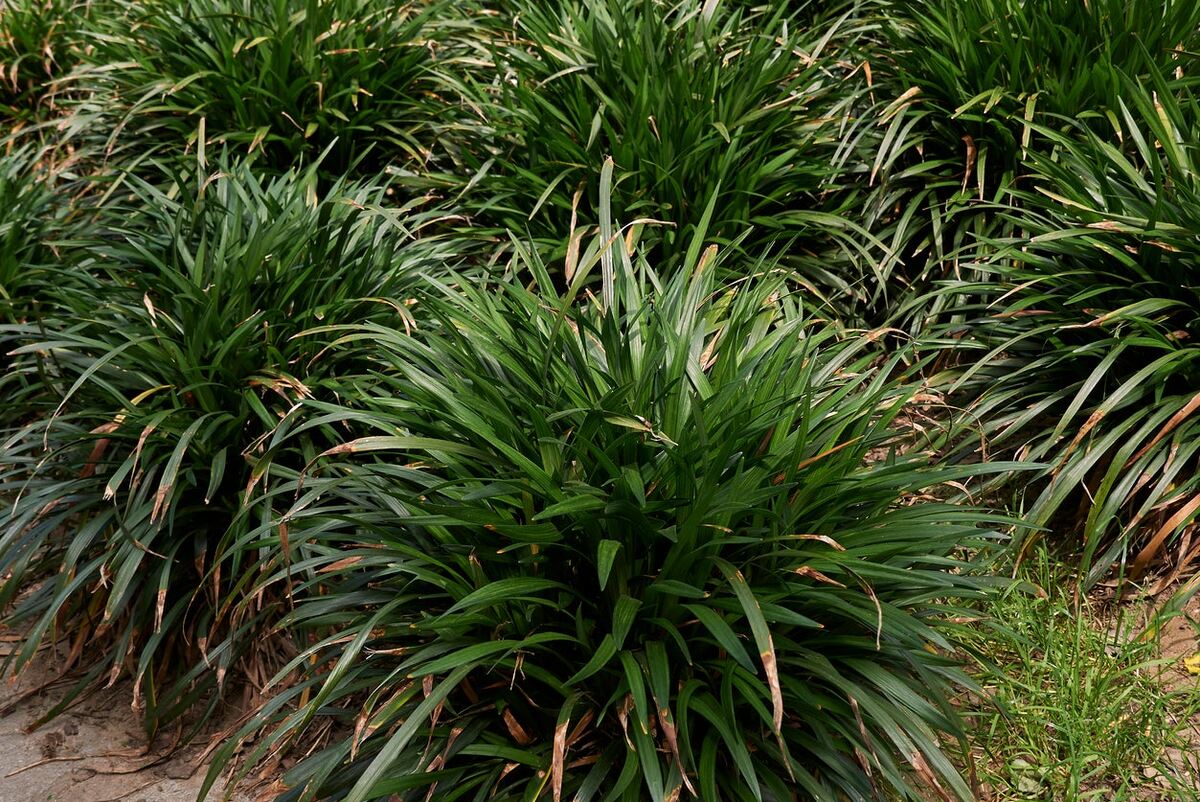
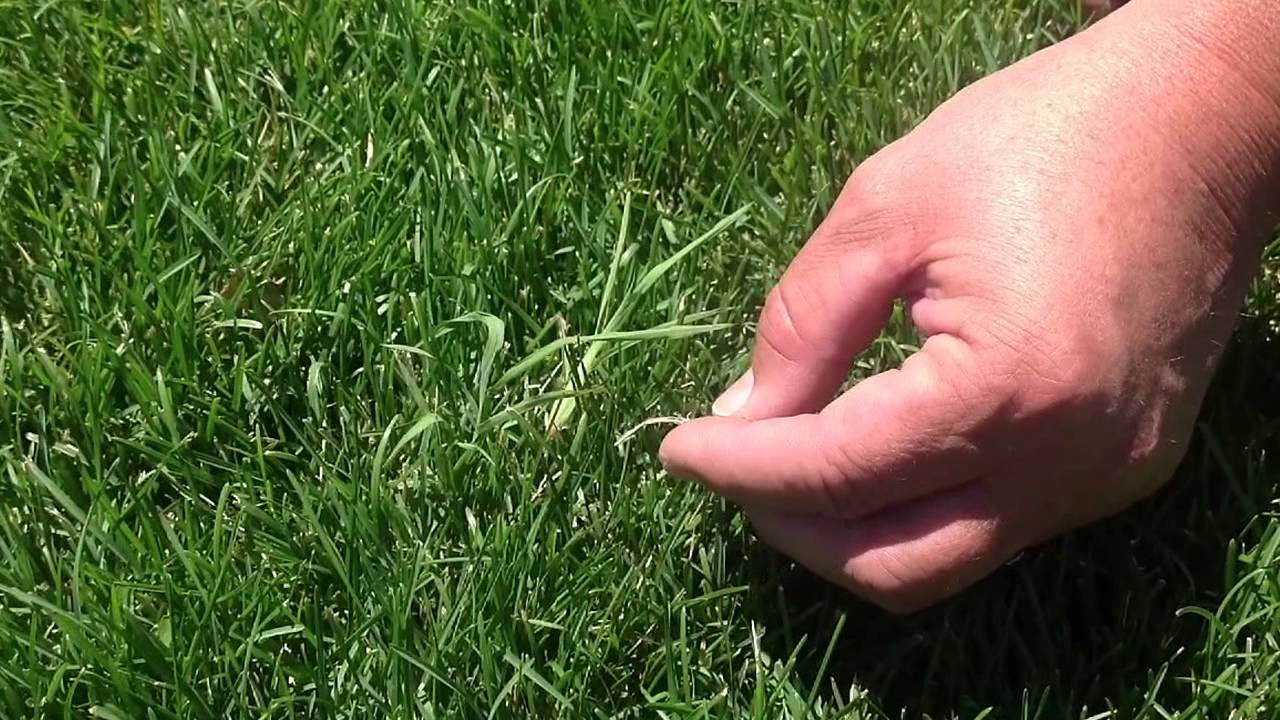
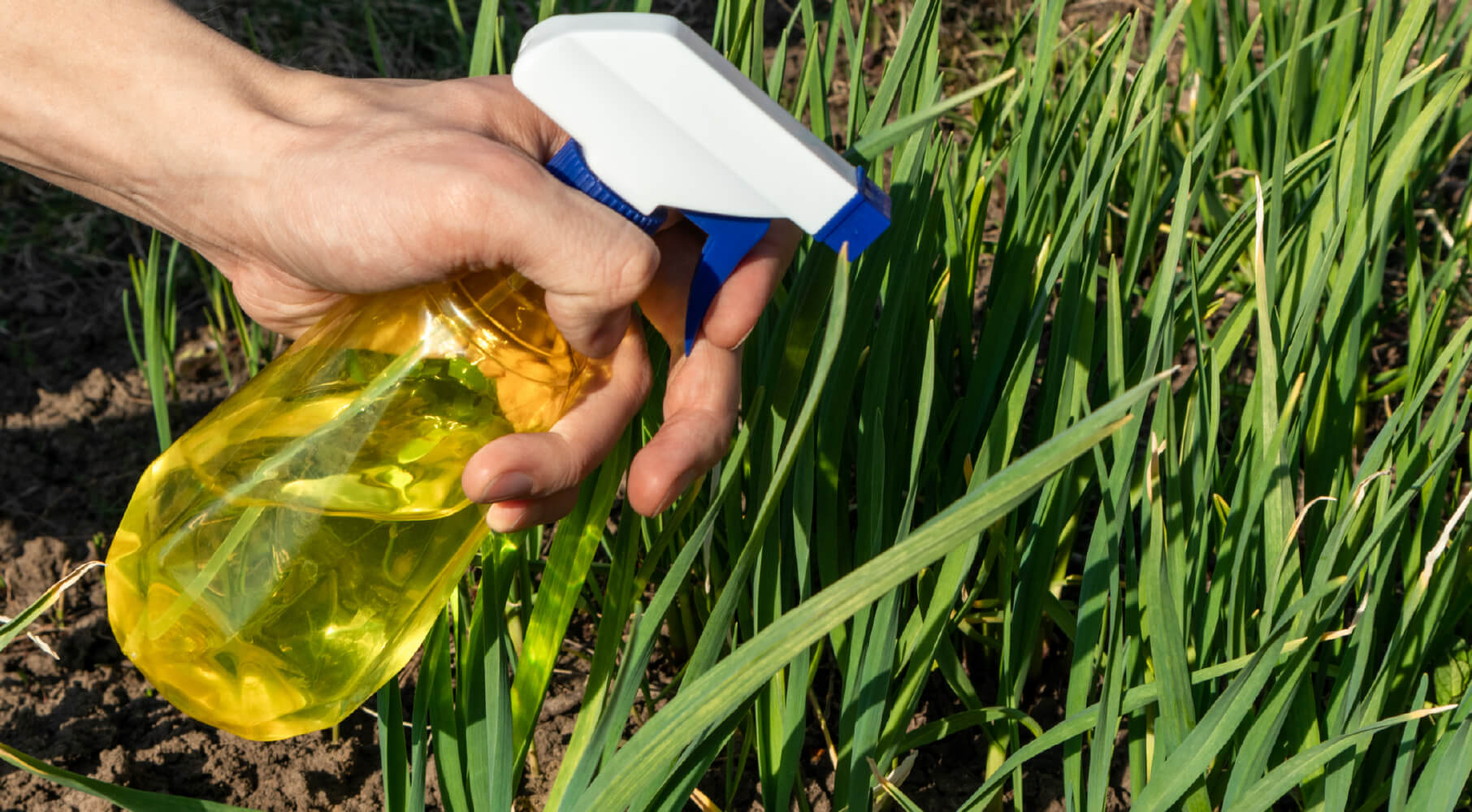
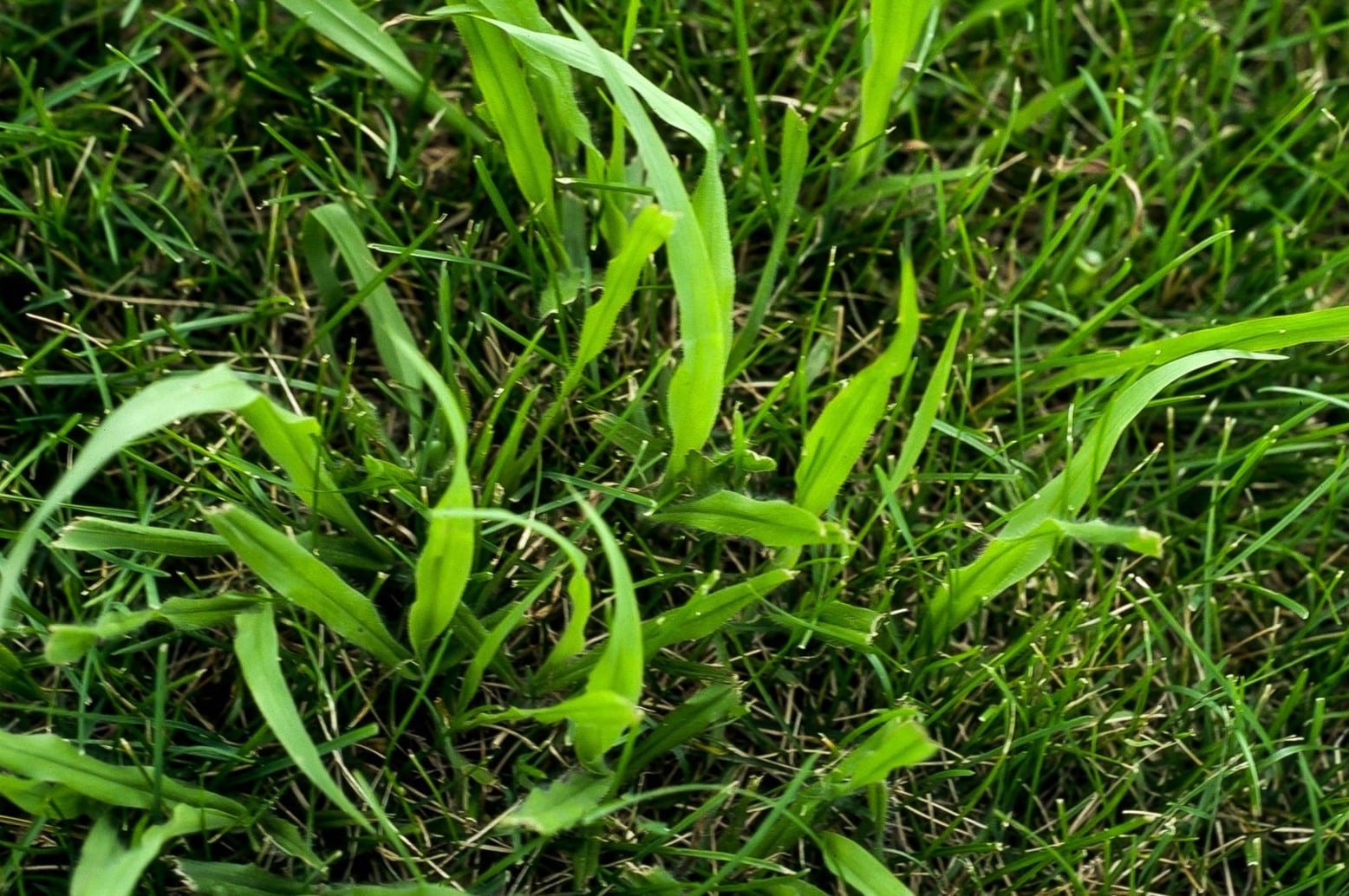
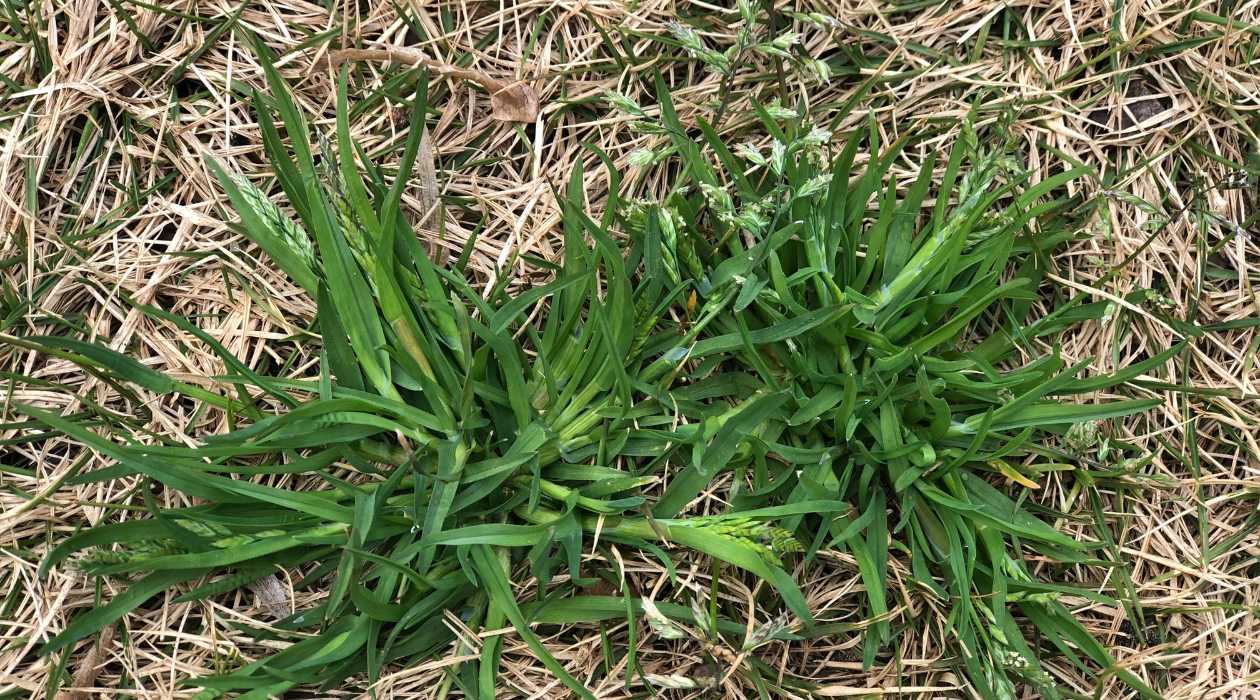
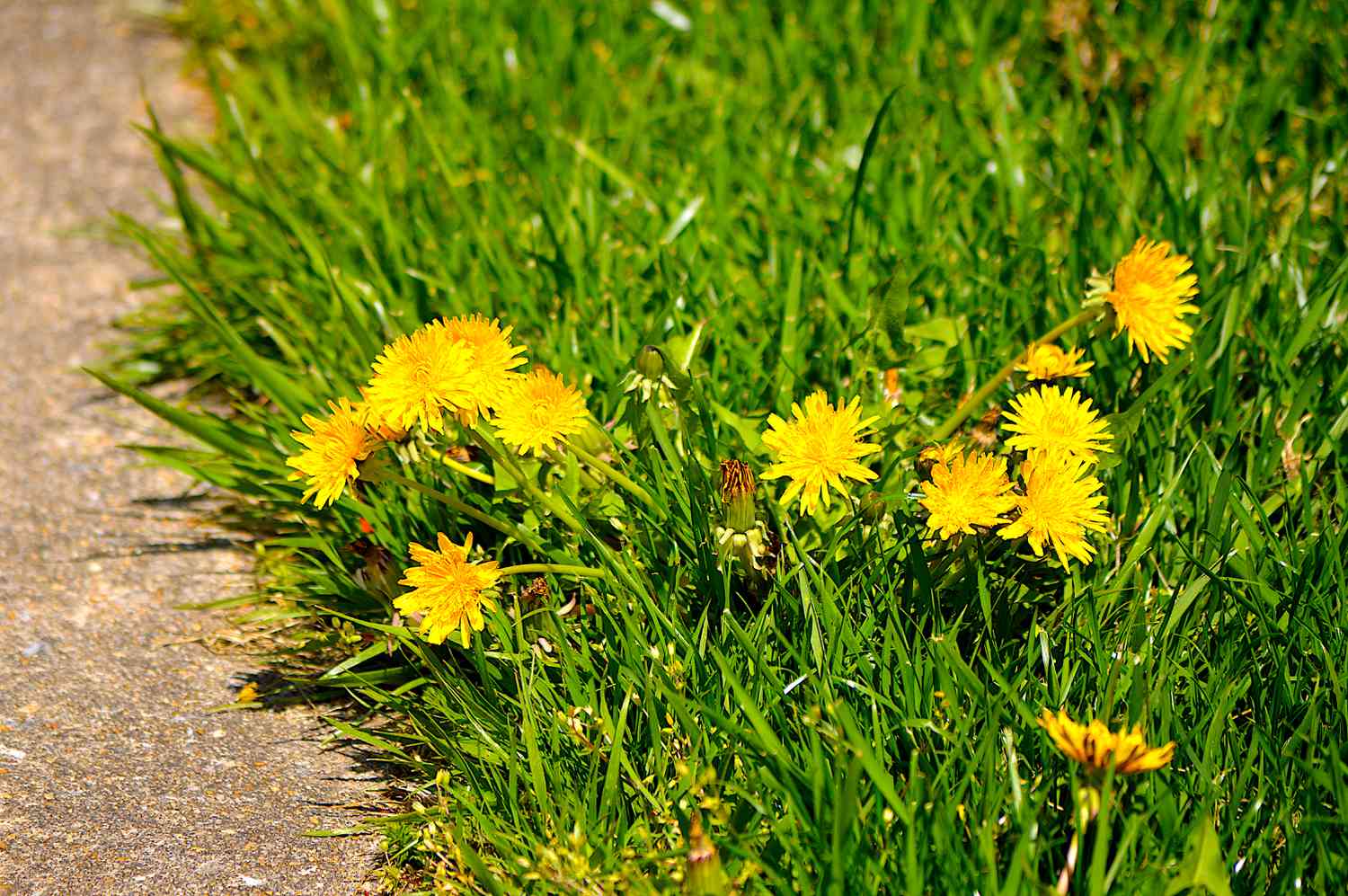
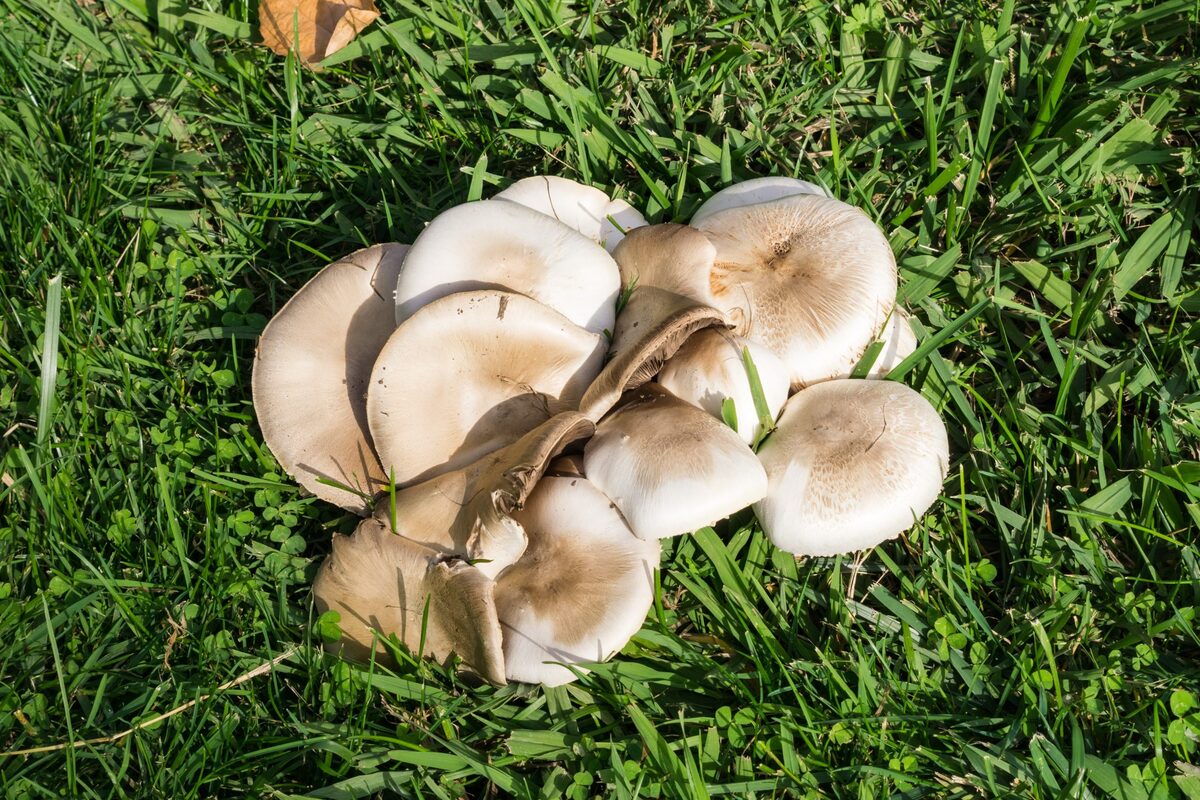
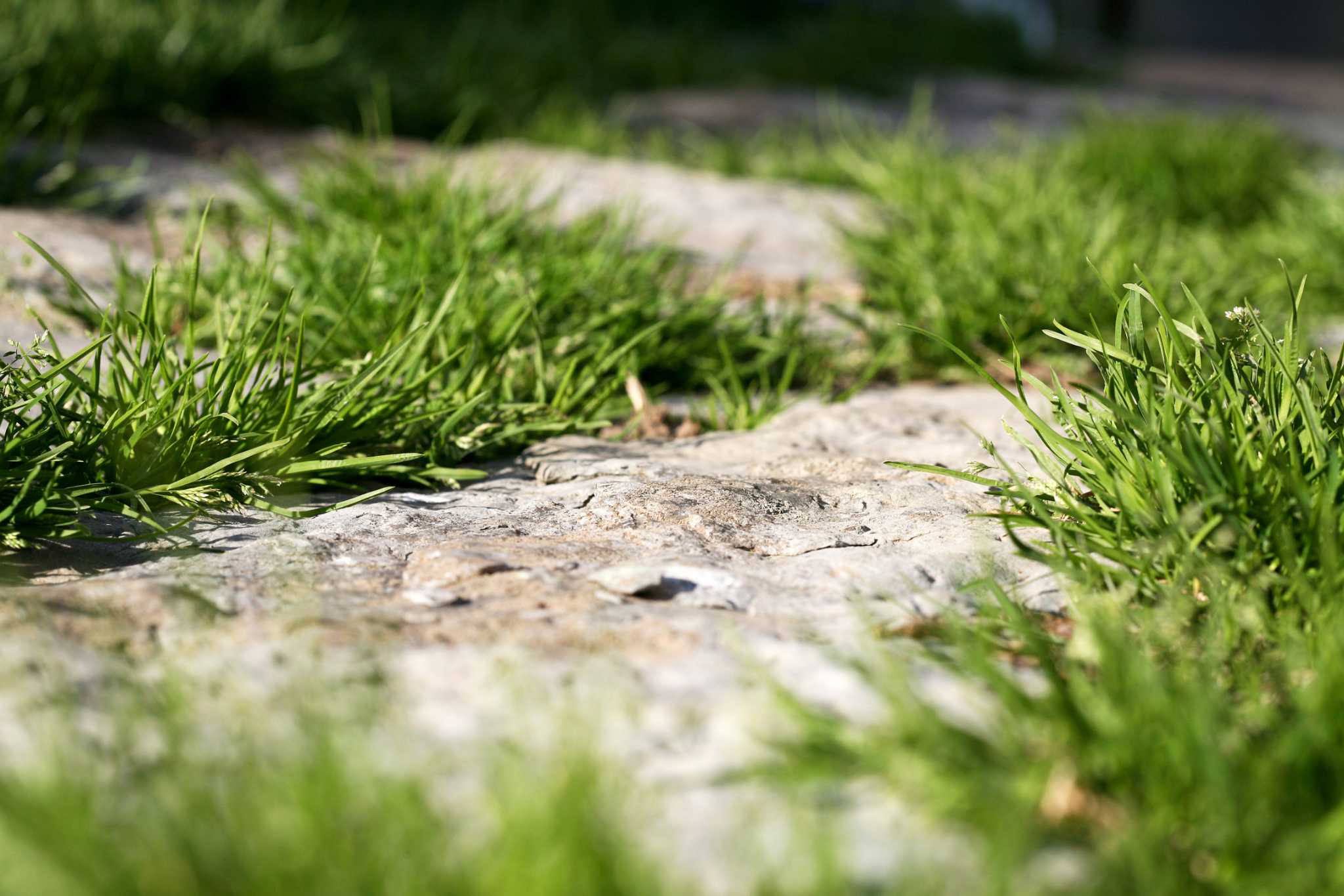
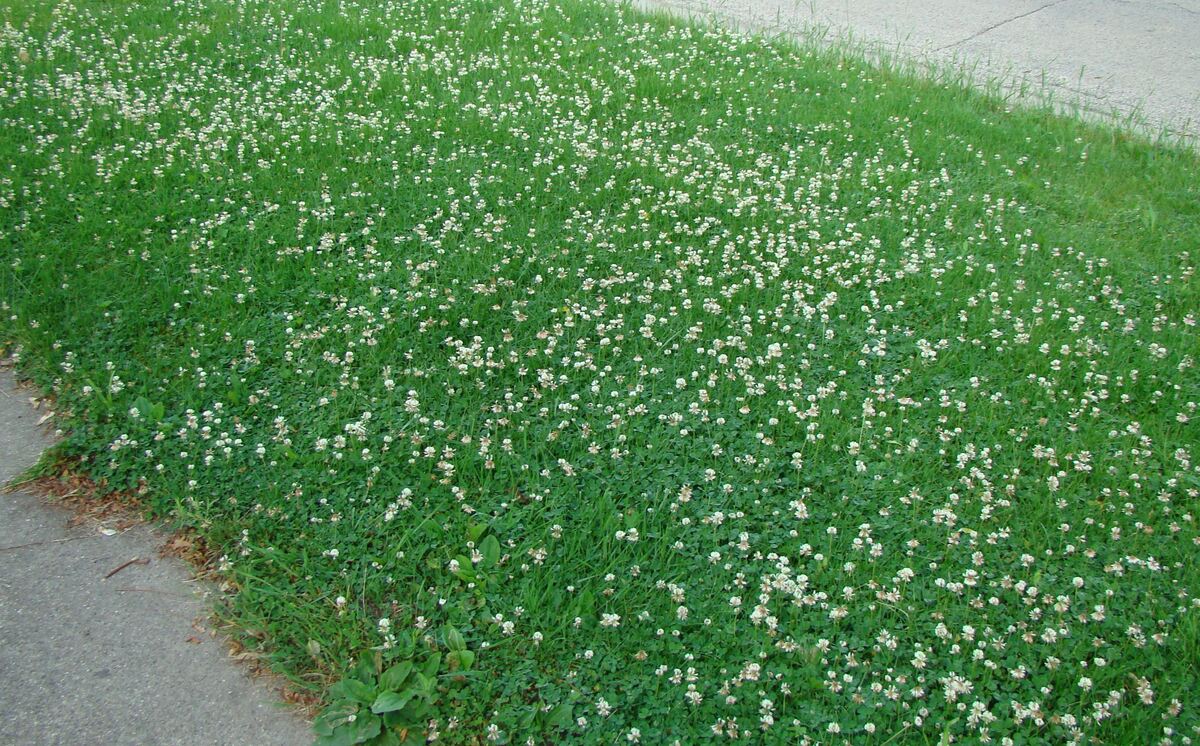
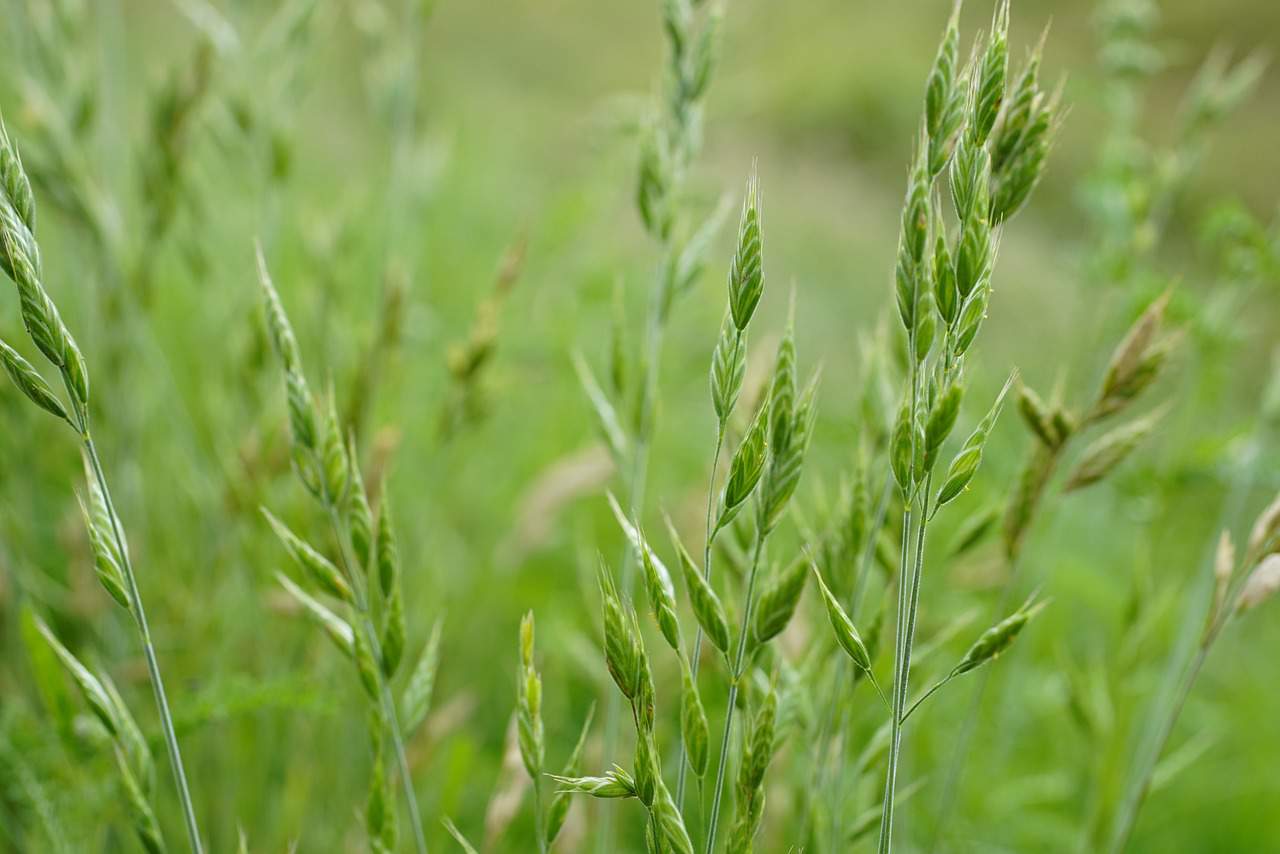
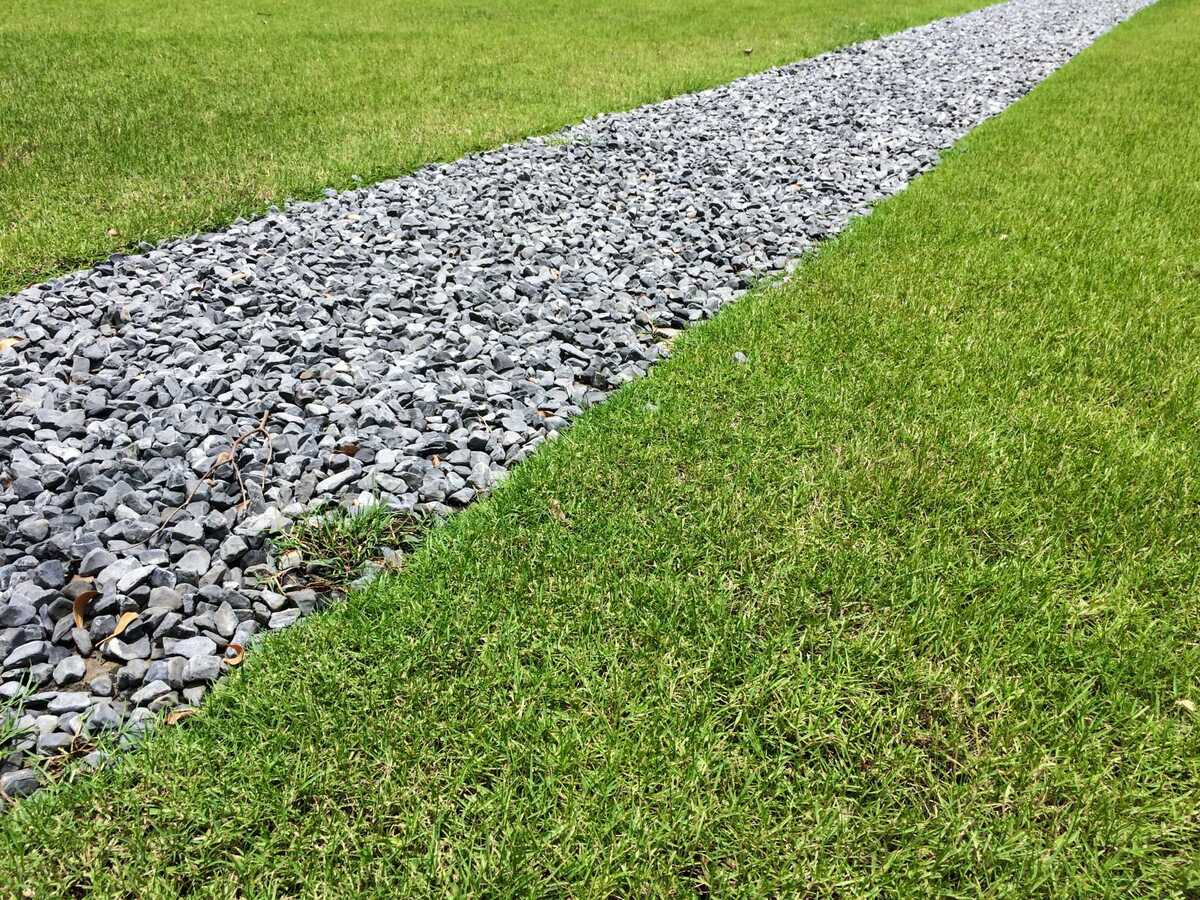
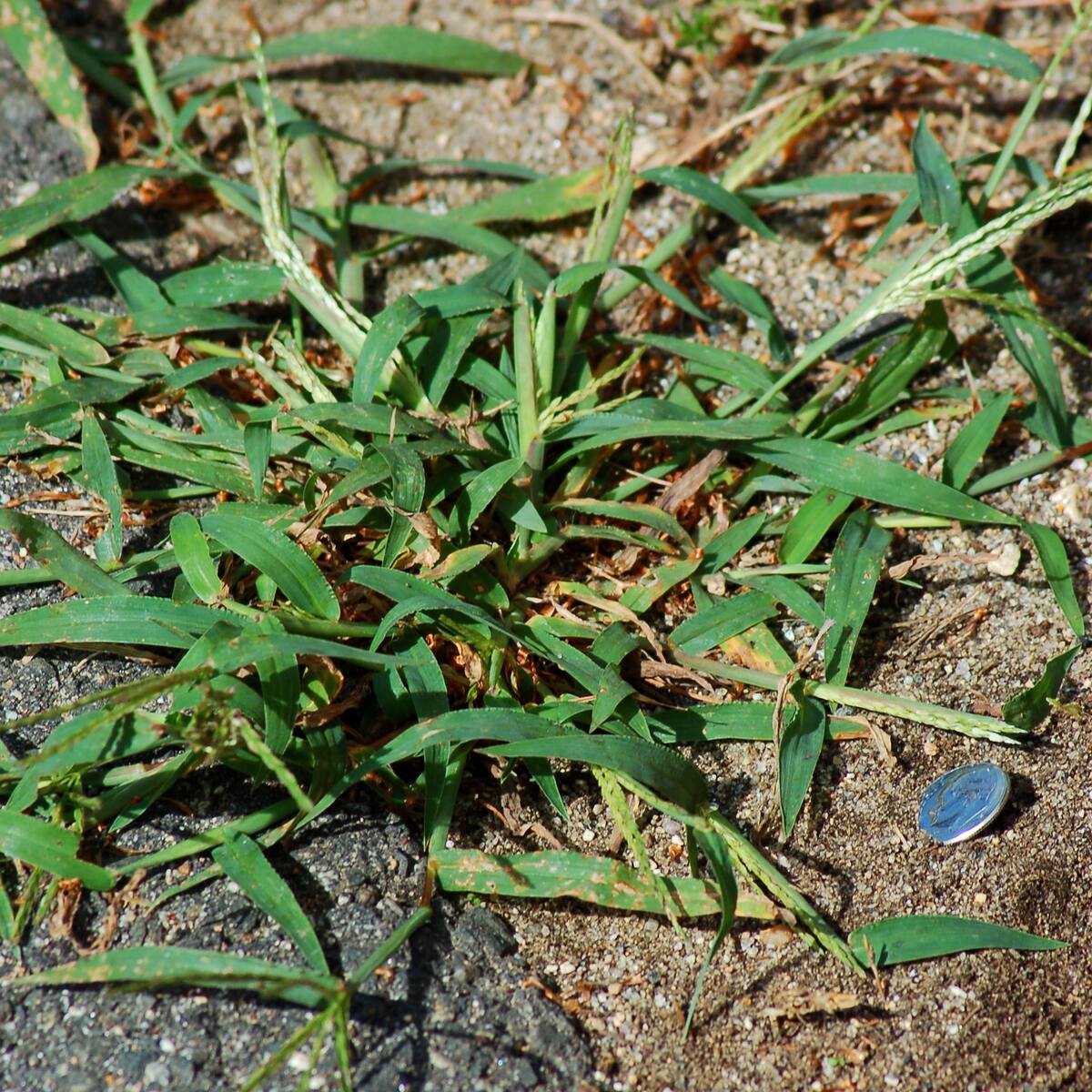
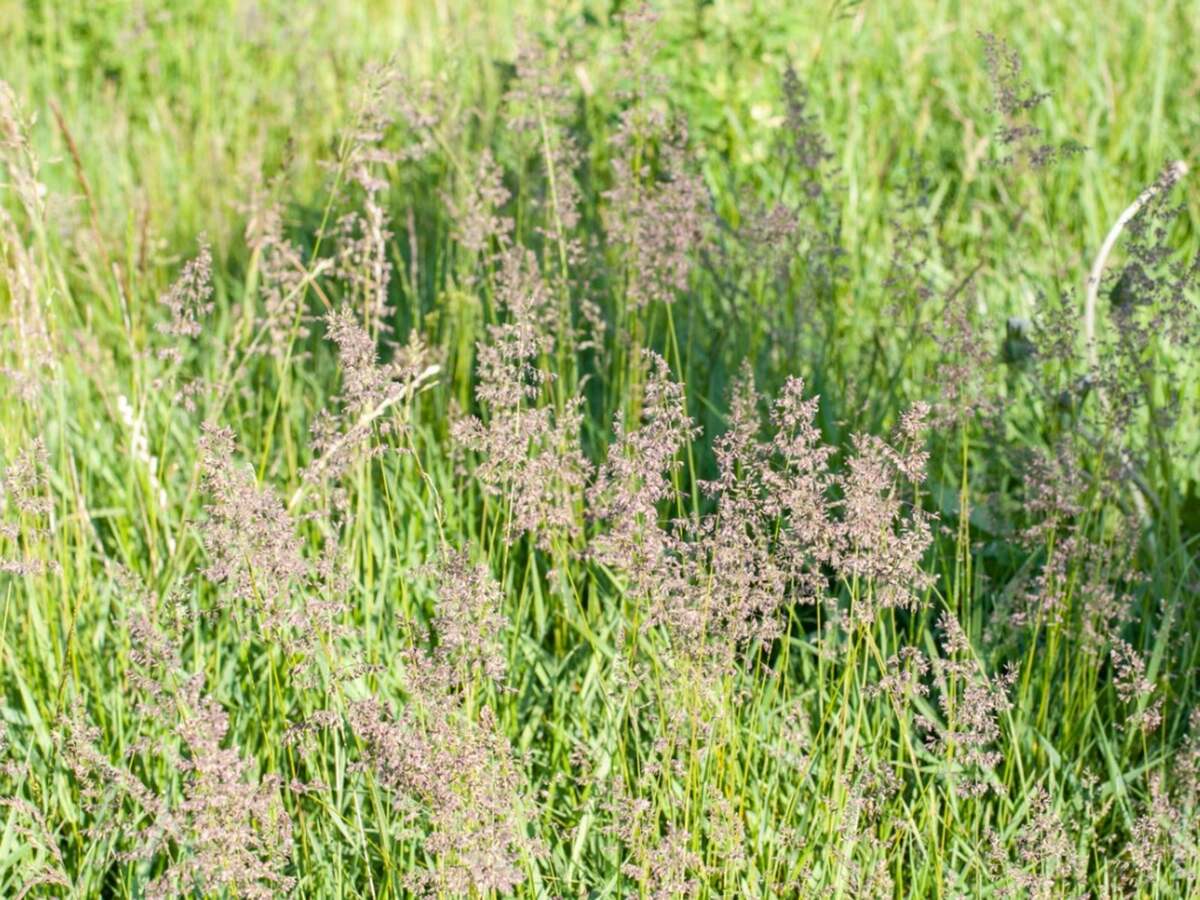
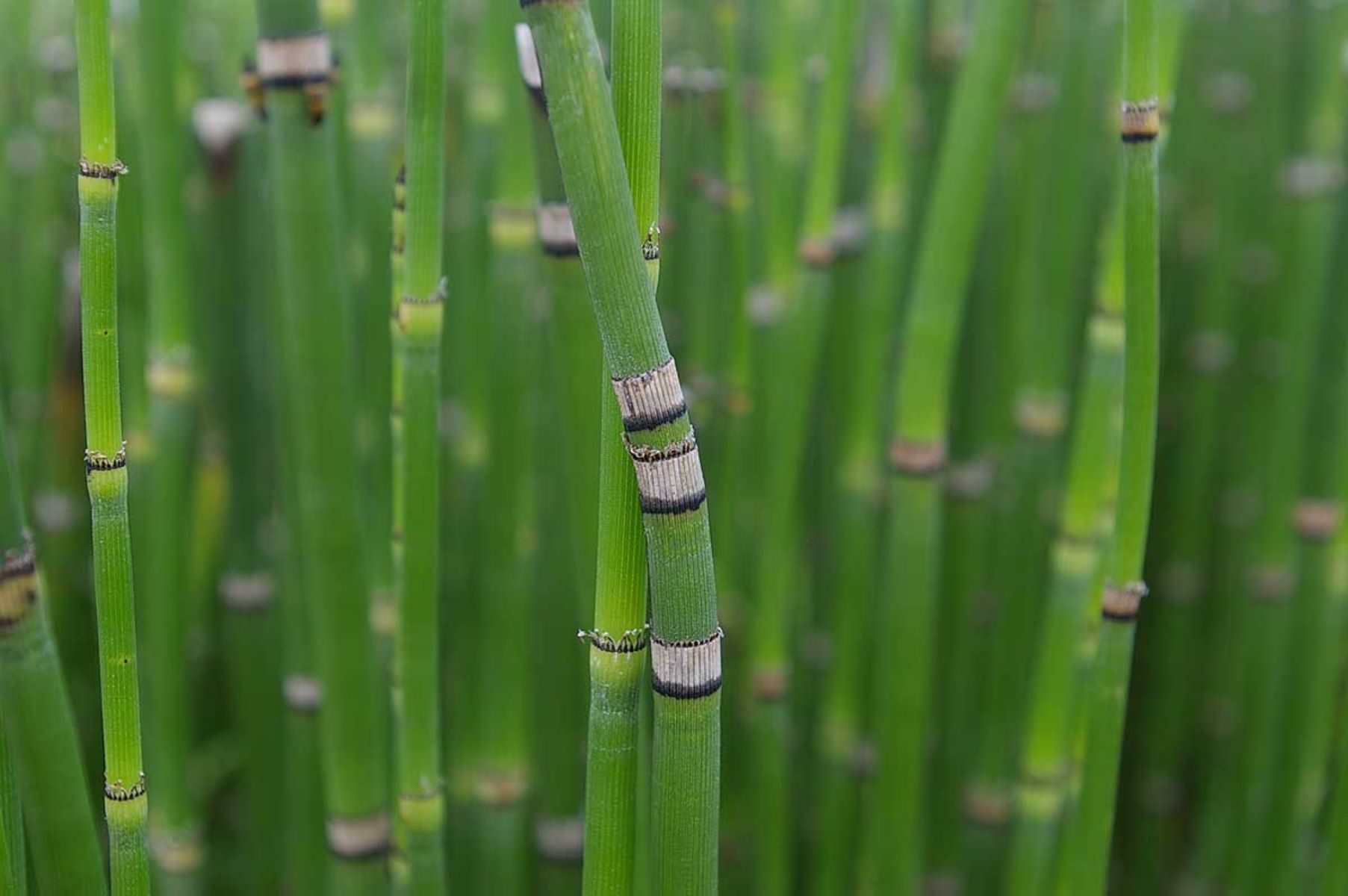

0 thoughts on “How To Kill Barnyard Grass”